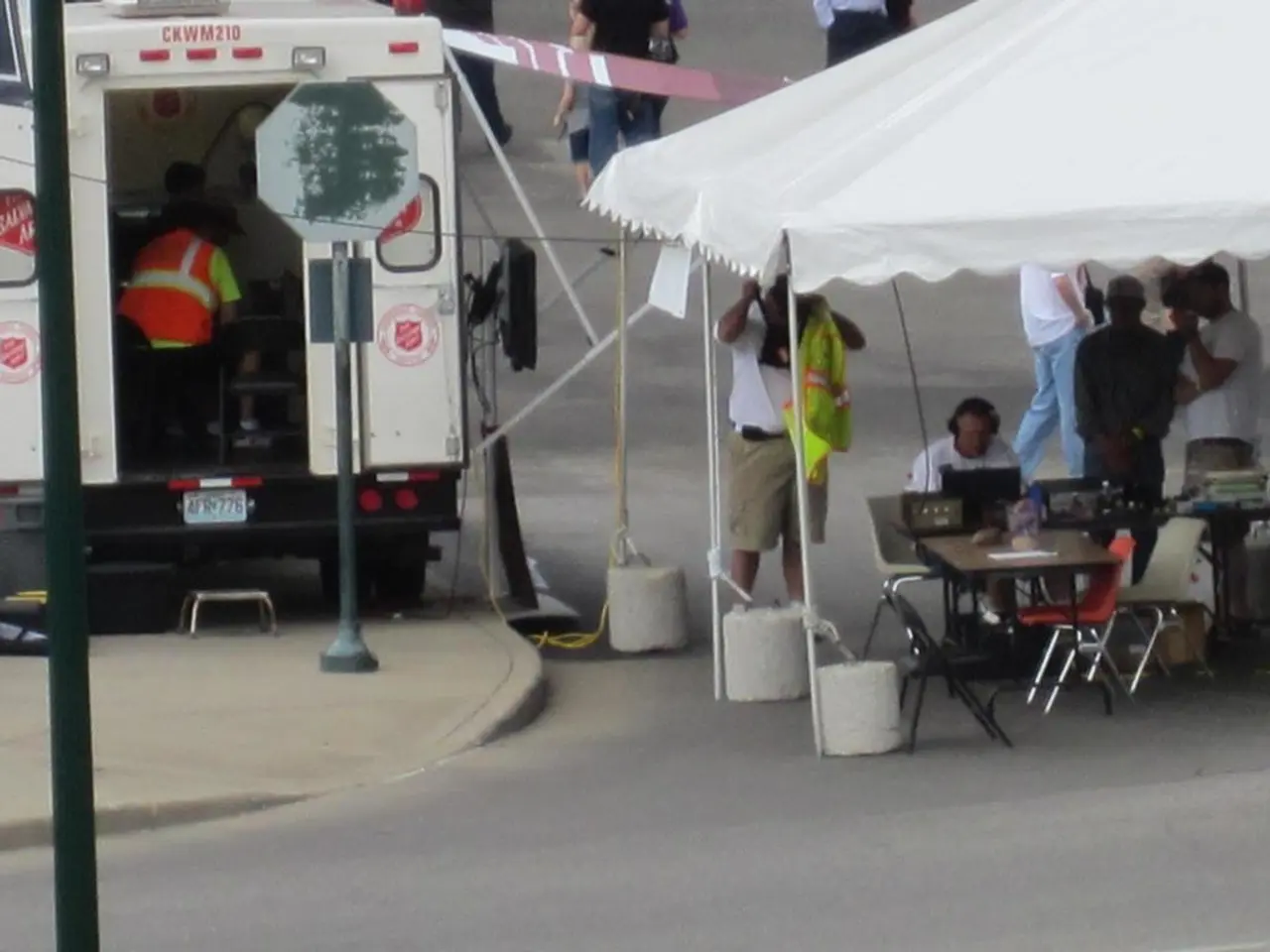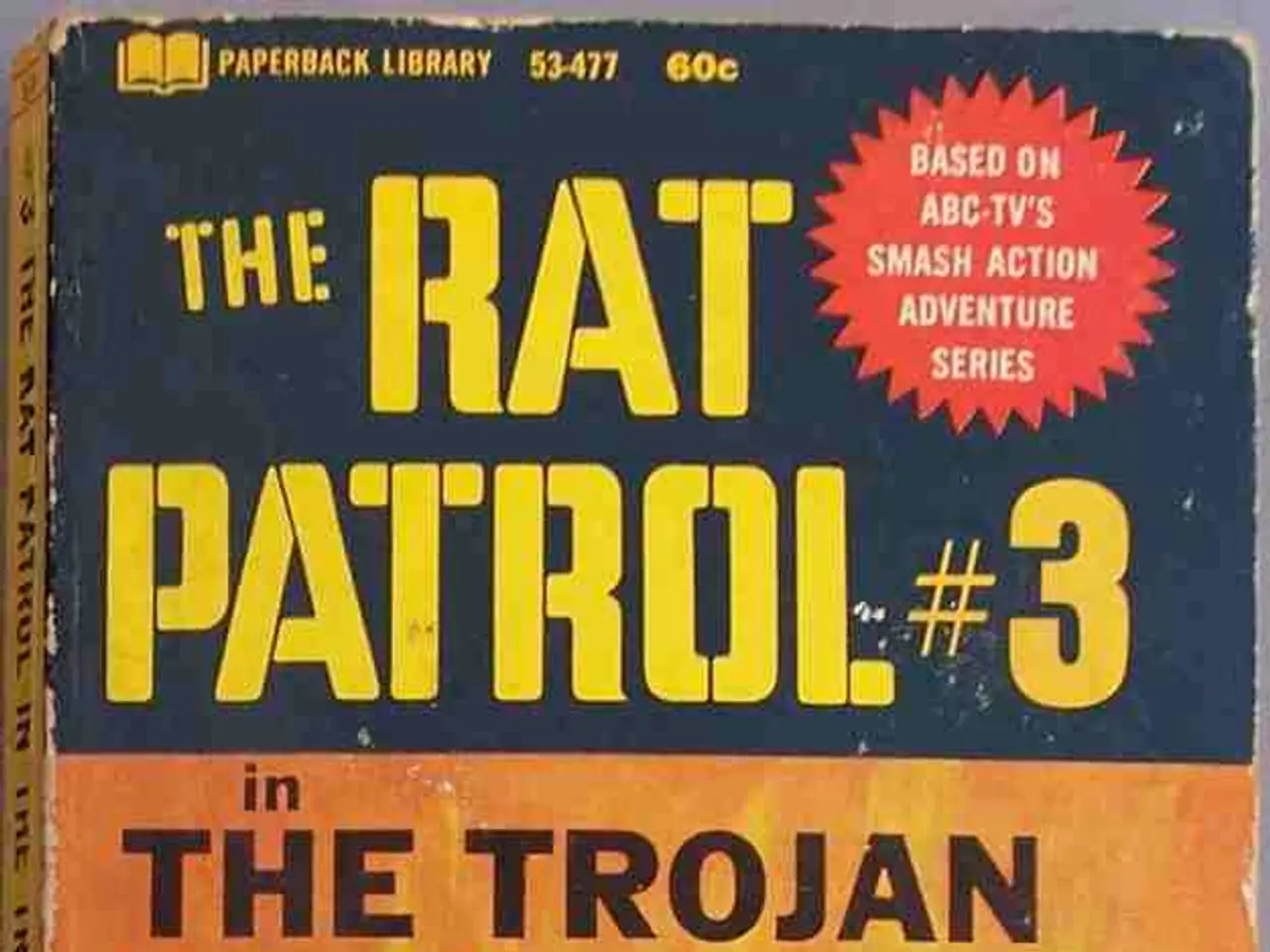Hamas is currently in discussions with various Palestinian factions concerning a potential ceasefire for the Gaza Strip.
In a bid to bring an end to the ongoing 21-month conflict in Gaza, President Donald Trump has been pushing for a ceasefire between Israel and Hamas. The latest proposal, involving a 60-day truce, includes a phased release of hostages and bodies, increased humanitarian aid, and a platform for further peace talks.
The conflict, which began with an unprecedented attack by Hamas on Israel in October 2023, has resulted in dire humanitarian conditions for the more than two million people in the Gaza Strip. Nearly 21 months of war have taken a heavy toll, with the Hamas-run territory's health ministry reporting that Israel's retaliatory military campaign has killed at least 57,268 people, mostly civilians.
The proposed ceasefire would see Hamas release about 10 living hostages and 15 (or 18) bodies in several stages across the 60-day period. For example, eight living hostages would be released on the first day, and two more on the final day. The deceased hostages would be returned in three separate groups during the ceasefire.
Unlike past ceasefires, Hamas has agreed not to hold public propaganda events or ceremonies parading released hostages, a move aimed at appeasing Israel, the US, and international observers. The release of hostages is linked to Israel freeing some Palestinian security prisoners currently held, although the exact number of prisoners to be released remains a point of negotiation.
The ceasefire deal also includes a boost in humanitarian aid deliveries to Gaza and a partial Israeli withdrawal from the territory during the ceasefire period. While the 60-day ceasefire is temporary, discussion of a permanent ceasefire and steps toward ending the war will take place during this window. Mediators and the US have offered guarantees to facilitate talks, although Israel has not yet committed to a permanent end to the war.
The proposal has been facilitated by the US and regional mediators such as Qatar and Egypt. Former President Donald Trump announced Israel's acceptance of the ceasefire conditions and expressed hope that Hamas will accept the deal. However, the final agreements and critical details remain under negotiation between the parties.
The latest ceasefire proposals come amidst reports of ongoing violence. On Thursday, at least 16 people were killed in a shooting close to a nearby aid center in Khan Yunis, according to the civil defense agency. On Friday, Israeli strikes and gunfire killed at least 52 people, including a child, in an air strike on the tents of displaced civilians near Khan Yunis. The Israeli military is currently investigating these reports.
Medical aid charity Doctors Without Borders reported that Abdullah Hammad, who recently finished a contract working for them, was among those killed in Thursday's shooting. Hammad was the 12th colleague the group has lost in the Gaza war.
As the parties continue their negotiations, the urgency to find a peaceful resolution to the conflict is palpable. The potential worsening of the conflict if the proposed ceasefire is rejected looms large, underscoring the need for compromise and diplomacy.
Despite ongoing violence and reports of casualties, the proposed 60-day ceasefire between Israel and Hamas, facilitated by the US and regional mediators, aims to address the ongoing war-and-conflicts in Gaza and improve general-news. The ceasefire includes hostage releases, increased humanitarian aid, and partial Israeli withdrawal from the territory, with the intention of beginning discussions for a permanent end to the conflict.








